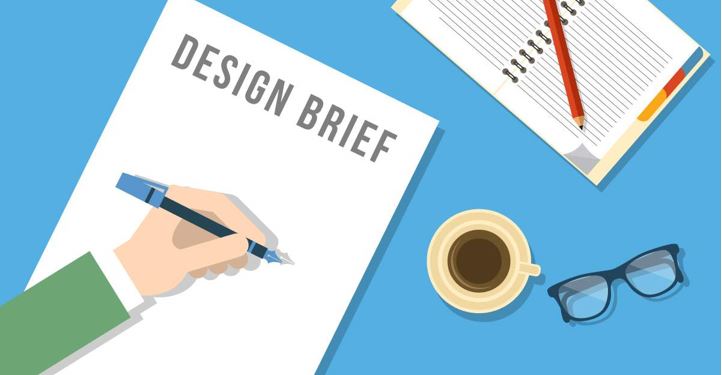Outsourcing is one of the reasons why so many small and medium businesses exist in the world today. This is because it allows budding entrepreneurs to run all kinds of business operations at minimum costs, granted they know when to outsource. Since the workflow can be quite inconsistent, at least when a business is new, the gig economy model also fits the requirements of such businesses in an apt manner.
 One of the most common jobs that businesses across the globe outsource to remote workers is graphic design. After all, there are tons of visuals elements that need to be created viz. websites, eBooks, social media banners, logos, etc. The only problem is that miscommunication often comes in the way of receiving seamless and apt services.
One of the most common jobs that businesses across the globe outsource to remote workers is graphic design. After all, there are tons of visuals elements that need to be created viz. websites, eBooks, social media banners, logos, etc. The only problem is that miscommunication often comes in the way of receiving seamless and apt services.
If you are going to work with graphic designers, then the following are some of the things to keep in mind to create the perfect brief and get the results you seek:
1. Objectives
The first thing you need to figure out is your goal. What do you seek exactly? Do you want to redesign your website or create a template for your website’s newsletter? Is it a path of rebranding that you want to take? Whatever it is, you should have a clear idea in your mind to make it work.
2. Budget and Deadline
One of the biggest reasons why most businesses outsource is saving money. So, when you are creating a design brief, then money is something that you can’t afford to ignore.
You can check out some of the comparable projects on the web to see how much they cost. You also need to understand that there will be revisions in the designs, at least that’s the case with the majority of projects. So, you need to take the fees for the same into your account as well.
Apart from the budget, you also need to pick a deadline for the assignment. Ideally, you should give the designer as much time as possible so that they are able to deliver an unhurried piece of work. However, giving too much time won’t amount to anything good either. So, balance is the key.
3. Target Audience
No matter what kind of design asset is involved, you have to keep your target demographic in mind at all times. Failing to do that can render the job ineffective. In fact, the point goes for all things branding and marketing.
The following are some of the questions you need to ask yourself when creating the design brief:
- Where are most of my customers located?
- What’s their age-group and lifestyle?
- What kind of brands do they already like?
4. Sample Designs
Do you already have the designs that the designer can draw inspiration from? If your answer is “yes”, then you can share them with the professionals. This would make their job a lot easier, and you can also expect to raise few or no requests for revisions.
5. Speaking the Language
Since you aren’t a graphic design professional yourself, no one expects you to actually speak the language of those who are. However, it won’t hurt to learn about some of the most common design terms that are used in the industry. You will be able to convey your ideas with more clarity and depth when you have this knowledge. You will also be able to easily follow what the designers have to say about your requests and feedback.
Conclusion
In this blog, we discussed all the important aspects of a creative design brief that you need to know when you are creating one. You are free to take a different approach as long as you are following the core principles. Just be sure to be clear about everything- from identifying the target audience to the budget. This is because lack of clarity will only serve to create problems and extend the duration of the project for no good reason.

